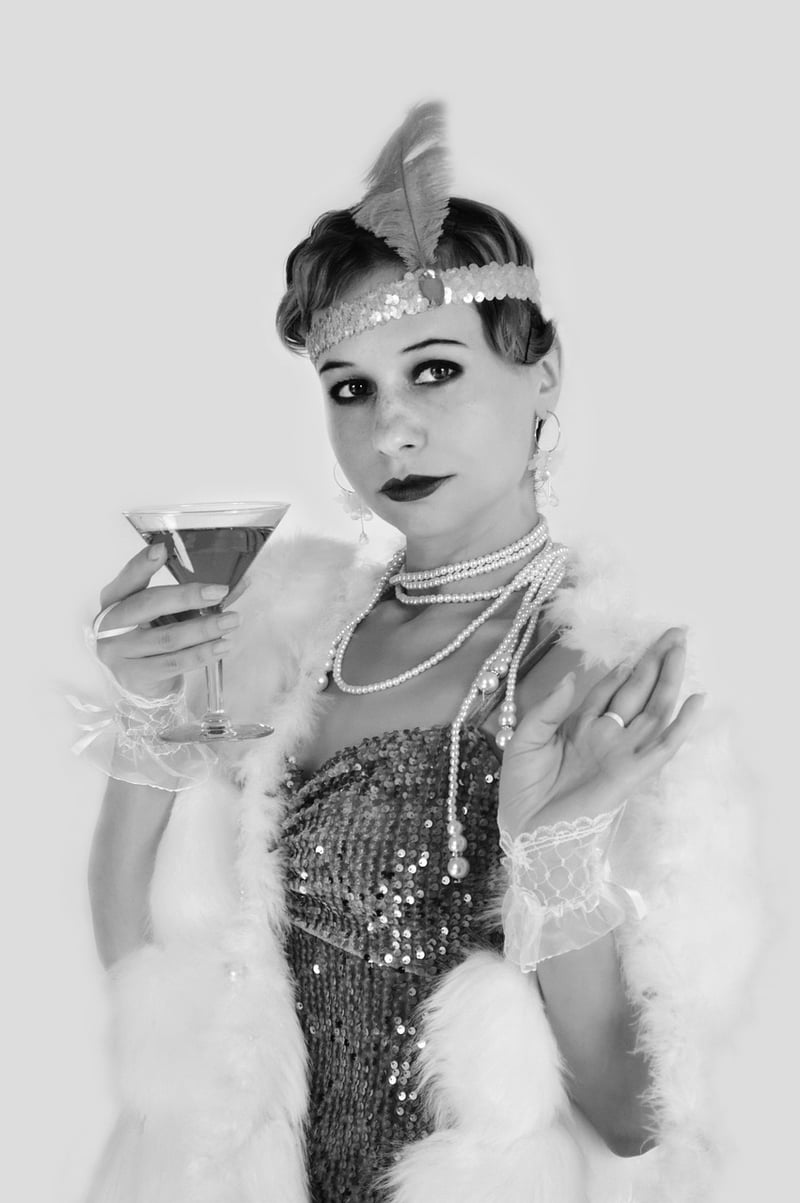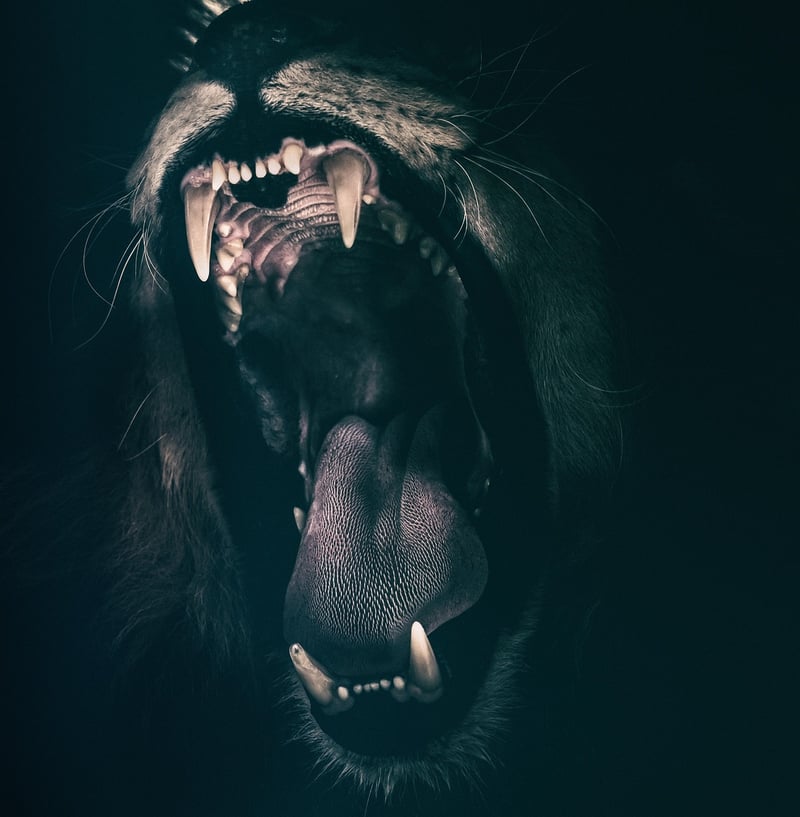Roaring Twenties
#History
#Adventure
#Culture
Exploring Historical Eras: The Roaring Twenties
The Roaring Twenties, also known as the Jazz Age, was a vibrant and exciting period in American history that took place between 1920 and 1929. This era was characterized by significant social, cultural, and economic changes that shaped the modern world we know today.
Key Features of the Roaring Twenties:
- Economic Prosperity: The 1920s saw a booming economy, with the rise of consumerism and the stock market reaching new highs. This era marked a period of unprecedented wealth and prosperity for many Americans.
- Flappers and Fashion: The Roaring Twenties was a time of liberation for women, who embraced new styles such as the iconic flapper fashion, characterized by short skirts, bobbed hair, and bold makeup.
- Jazz Music: Jazz music became immensely popular during this time, with legendary artists like Louis Armstrong and Duke Ellington shaping the musical landscape of the era.
- Prohibition: The 1920s also saw the enactment of Prohibition, which banned the sale and consumption of alcohol. This led to the rise of speakeasies and the glamorization of bootlegging.
- Technological Advancements: The Roaring Twenties witnessed significant technological advancements, including the widespread adoption of radios, automobiles, and household appliances.
- Cultural Shifts: This era marked a shift towards modernity and urbanization, with cities becoming hubs of culture, creativity, and social change.
Legacy of the Roaring Twenties:
The cultural and social changes of the Roaring Twenties had a lasting impact on American society. The era laid the foundation for the modern consumer culture, reshaped gender norms, and influenced art, music, and literature for decades to come.
Explore Further:
If you're intrigued by the Roaring Twenties and want to delve deeper into this fascinating era, check out these resources:

